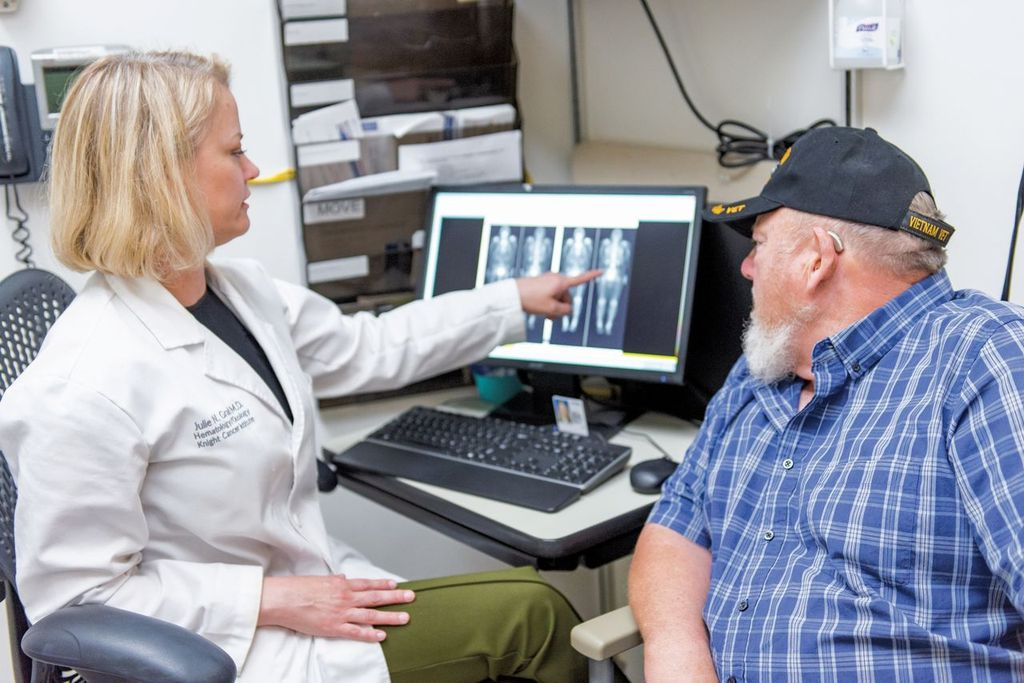Prostate Cancer Staging
A cancer’s stage describes where in the body the cancer exists or has spread. The stage of your cancer is part of what determines your Risk Group, which, in turn, informs your treatment options.
It is considered in three levels: tumor in the pelvic area, spread to nearby lymph nodes, and spread to organs outside the pelvis.
The T-stage (T for tumor) describes the extent of prostate cancer in the pelvic area.
The digital rectal exam (DRE) gives information on how extensive the prostate cancer is within the area of the prostate area reachable in that exam. Ask your doctor about a prostate MRI (which is more accurate for staging than a DRE)..
Staging is classified as follows:
T1: The tumor was found solely by a biopsy done due to an elevated PSA (i.e., was not detectable by DRE or imaging) or was found incidentally during an unrelated procedure
T2: The health care provider felt a nodule(s) on your prostate during the rectal exam, or the cancer was seen on imaging (ultrasound or MRI of the prostate)
T3: The tumor extends out of the prostate capsule, possibly including the seminal vesicles
T4: The tumor has invaded the rectum, bladder, penis, or pelvic side wall (advanced)
 |  |
| Left: The cancer has not spread outside the prostate. | Right: The cancer has spread to nearby structures outside the prostate. |
It is also important for your doctor to know if your cancer has spread to lymph nodes, bones, or other body sites, since that will influence their treatment recommendations.
Aggressive cancers usually warrant imaging scans to determine the presence of metastatic disease. Some men whose cancer appears less aggressive may benefit from further imaging and they should discuss this with their doctor. In the U.S., this has been most commonly done with a computed tomography (CT) scan or an MRI and a bone scan. Newer and more sensitive imaging technologies include molecular PET imaging, such PSMA PET, are rapidly becoming the standard of care. Ask your doctor what type of imaging would be right for you.
The N-stage (N for lymph nodes) describes whether the cancer is present in nearby lymph nodes. Lymph nodes are tiny organs that are part of the immune system.
N0: The cancer has not spread to lymph nodes in the immediate area
N1: The cancer has spread to lymph nodes in the pelvic region
NX: The regional lymph nodes cannot be evaluated
The M-stage (M for metastasis) indicates whether the prostate cancer has spread to other parts of the body, such as the lungs or the bones.
M0: The cancer has not metastasized beyond the immediate prostate region
M1: The cancer has metastasized deeper into the body
MX: Metastasis cannot be evaluated
Last Reviewed: 12/2023




